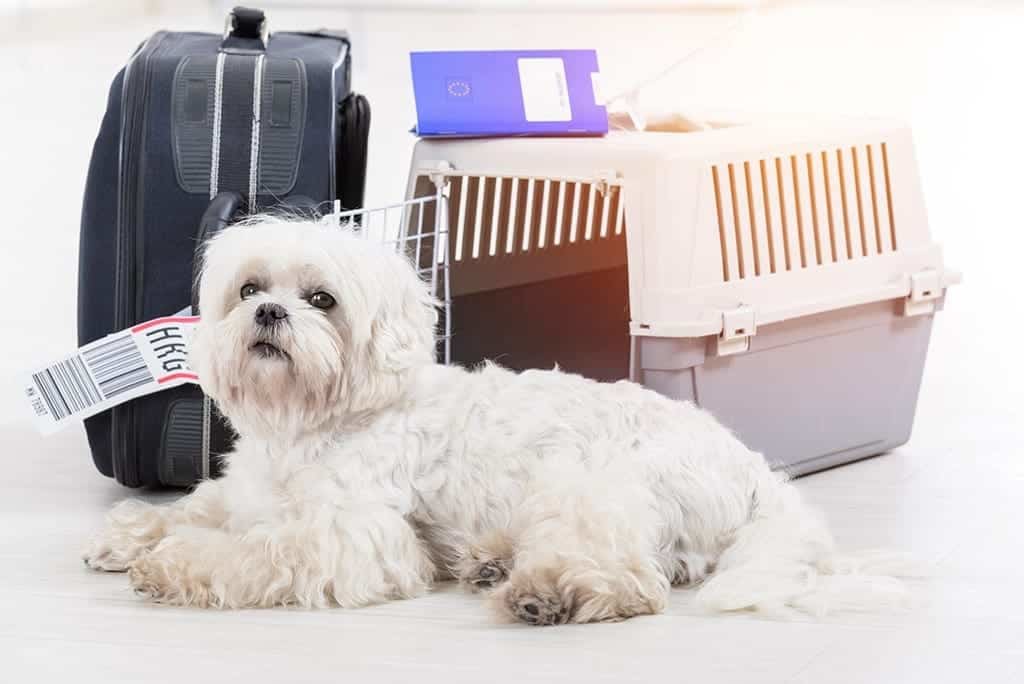Exporting your pet abroad is a fascinating but difficult process that requires both strict adherence to rules and meticulous planning. Knowing the key actions required for exporting pets to overseas destinations guarantees your pet’s safe and seamless travel and helps you both to reduce stress.
Understanding the destination country’s regulations
Every nation has laws and guidelines around importing animals, mostly driven by issues of animal care and disease management. These rules can call for certain immunization requirements, forced quarantines, and special licenses. Researching these needs thoroughly well in advance helps one to prevent issues or delays. Being proactive is especially important, as certain nations may demand a rabies vaccination or blood test months before admission.
Health checks and vaccination requirements
Countries usually need a series of health examinations and vaccines to guarantee the welfare of your pet and stop the spread of diseases. Depending on the destination, these could include distempers, rabies, and other immunizations. Ideally, one who is aware of international travel rules, a veterinarian may provide the required health certificate, vaccines, and other documentation proving the health situation of your pet. Discussing the trip with your veterinarian can also help you to find out whether your pet is physically ready for traveling and any strategies to ease travel-related tension.

Choosing the Right Travel Carrier and Airline
The quality of the carrier and the airline you choose will greatly affect how comfortable and safe your pet is on travel. Many airlines need a particular style of pet carrier that satisfies International Air Transport Association (IATA) criteria, which guarantees appropriate ventilation and adequate space for your pet to stand, turn around, and comfortably lie down. Certain airlines also have pet travel policies, including breed limitations, cabin allowances, and temperature limits.
Preparing for quarantine and post-arrival requirements
To stop the spread of diseases, some nations mandate a quarantine for animals. Countries affect the length of quarantine as well as the conditions under which it is conducted; it could run a few days or several months. One should be ready for this by knowing the conditions of the quarantine facility and any related expenses. Following quarantine, your pet can have temporary mobility limitations or more post-arrival health examinations.
An exporting pets to overseas destinations requires several procedures, including compliance with rigorous rules, planning, and research. You can help your pet have a stress-free experience by planning ahead, following medical guidelines, and selecting the correct travel schedule. In the end, knowing these important factors guarantees a safe travel and seamless arrival into your pet’s new residence.



